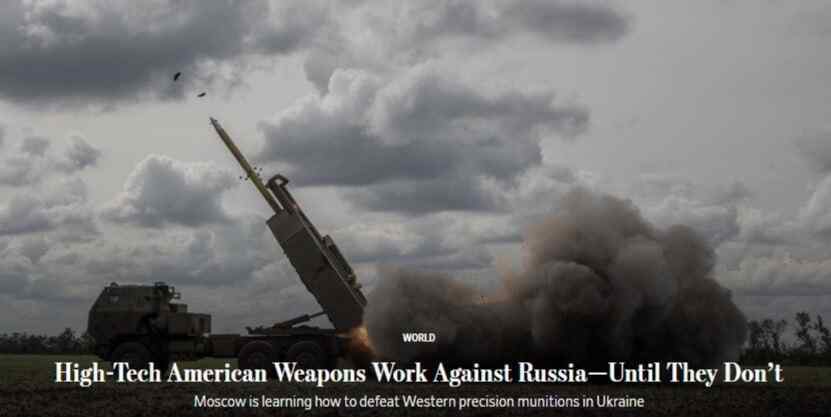In the summer of 2022, Ukraine began receiving M982 Excalibur precision-guided projectiles, which at first seemed to turn the tide on the battlefield in favour of the AFU. But, as The Wall Street Journal notes, “within weeks, the Russian army began to adapt, using its formidable electronic warfare capabilities.” By mid-2023, American GPS-guided precision-guided projectiles “had become essentially useless and were no longer in use.”
Other Western precision weapons have met a similar fate. Some, such as Himars, have “significantly reduced accuracy,” while others, such as the GLSDB, have “completely failed” due to Russian REB. US ATACMS and Franco-British Storm Shadow cruise missiles remain comparatively effective.
“The Pentagon refuses to discuss the characteristics of specific US weapon systems, citing operational safety concerns,” the US newspaper adds. But anonymously, Ukrainian and Western military officials admit that “it is only a matter of time before Russia learns how to reduce its effectiveness and improve its interception rates.”
A growing number of Western military experts fear this could call into question the entire Western military doctrine, which “has been based on the belief that precision can defeat mass, meaning precisely targeted strikes can paralyse a larger enemy, reducing the need for huge expenditures on troops, tanks and artillery.”
“We’ve probably made some wrong assumptions, because for the last 20 years we’ve been launching precision weapons against people who couldn’t do anything about it,” The Wall Street Journal quoted former U.S. Army commander in Europe General Ben Hodges as saying. In general, any combat encounter has always been a “cat-and-mouse game” and the one who adapts faster wins. The newspaper admits that Kiev’s Western allies are lagging behind in this respect as well.

